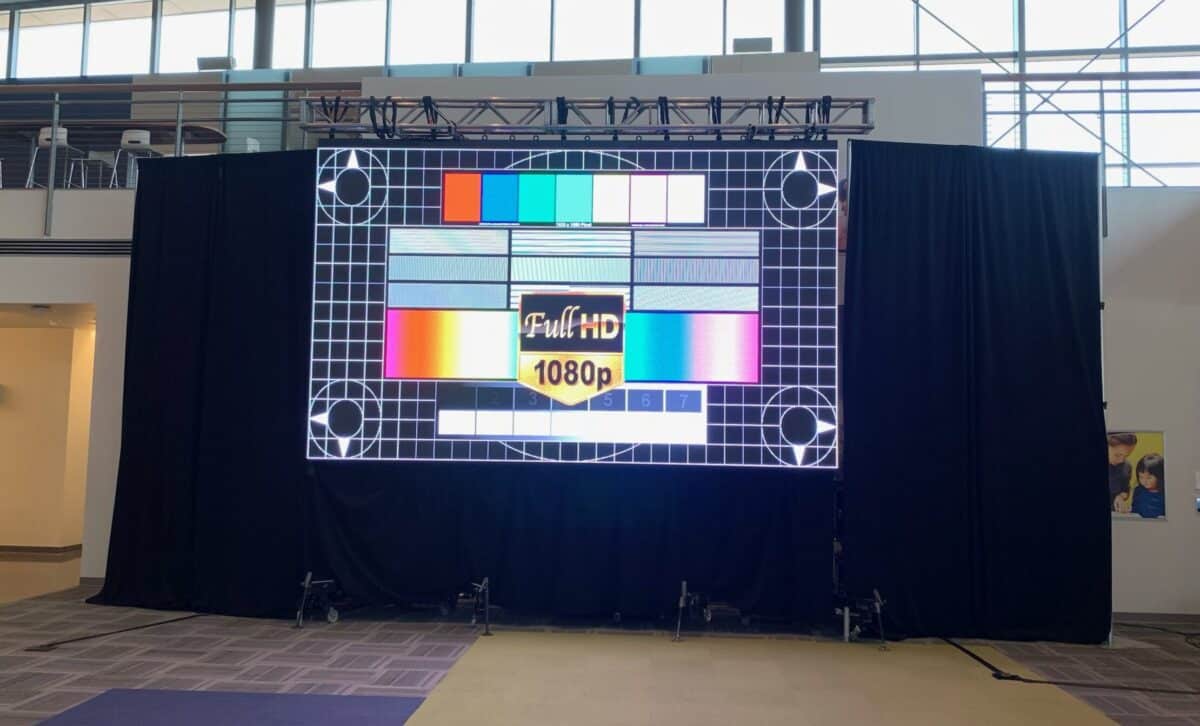Examining the Wide-ranging Connectivity Solutions Available for Light Emitting Diode Display Panels
Examining the Wide-ranging Connectivity Solutions Available for Light Emitting Diode Display Panels
Blog Article
Light Emitting Diode wall panels have gained traction for their capacity to deliver crisp visuals in various settings, from corporate environments to event venues. One of the most significant aspects of these panels is their interface options, which allow users to connect them to different devices and systems. Comprehending the diverse input options available for LED wall panels is vital for maximizing their use and effectiveness. This discussion explores these features, showcasing how they can cater to various needs and preferences.
One frequent connection method for Light Emitting Diode wall panels is HDMI. HDMI is widely recognized for delivering crisp video and audio streams between components. This interface type is particularly useful in business environments, such as meeting spaces or classrooms, where visual content or video content are often shared. By using digital connectors, users can easily connect laptops, projectors, and streaming equipment to LED wall panels, ensuring a sharp and dynamic presentation of information.
Another commonly used interface option is DisplayPort, which is comparable to High-Definition Multimedia Interface but offers enhanced advantages. DisplayPort can support elevated refresh rates and display outputs, making it an excellent choice for gaming or design-heavy applications. For those deploying LED wall panels in environments where performance is essential, such as competitive gaming venues or design studios, Display Port can provide the required visual clarity. Additionally, many modern computers and graphics cards include Display Port connections, making it a practical option for tech-savvy users.
In addition to High-Definition Multimedia Interface and Display Port, cordless connectivity options are becoming increasingly common in Light Emitting Diode wall panel technology. Wireless connections allow operators to share content without the requirement for physical cables, promoting a cleaner and more adaptable configuration. Technologies such as wireless internet and Bluetooth allow users to link smartphones, tablets, and laptops seamlessly to LED wall panels without cumbersome wires. Read Full Article This convenience is particularly advantageous in fast-paced settings like exhibitions or events, where quick changes to displays are often required.
For extensive deployments or more complex setups, network connectivity through Ethernet is another reliable solution. Wired links provide a consistent and robust way to connect multiple LED wall panels within a network. This setup is ideal for digital signage applications found in retail centers or transport hubs, where multiple panels may need to present coordinated content across a broad area. By using Ethernet cables and network switches, users can ensure that all connected panels receive consistent data and content efficiently.
Finally, it's crucial to evaluate the evolution of connectivity with technologies such as USB-C and Thunderbolt 3. These newer connection types offer increased data transfer speeds and versatility by allowing one cable to handle both power delivery and data exchange. As more systems incorporate these standards, Light Emitting Diode wall panels equipped with Type-C ports will likely become more prevalent. This shift Look At This in connectivity not only improves the functionality of LED wall panels but also coincides with the growing trend of minimalism in technology setups by reducing the number of wires needed.
In summary, examining the broad interface methods accessible for Light Emitting Diode wall panels uncovers many opportunities for operators across multiple fields. From traditional methods like High-Definition Multimedia Interface and Display Port to modern cordless solutions and network connections, each option serves unique purposes tailored to specific needs. Additionally, next-gen technologies like Universal Serial Bus-C offer further developments in how professionals utilize Luminescent Diode wall panels. By grasping these integration alternatives, end-users can make strategic decisions that enhance their overall experience with these versatile display tools.